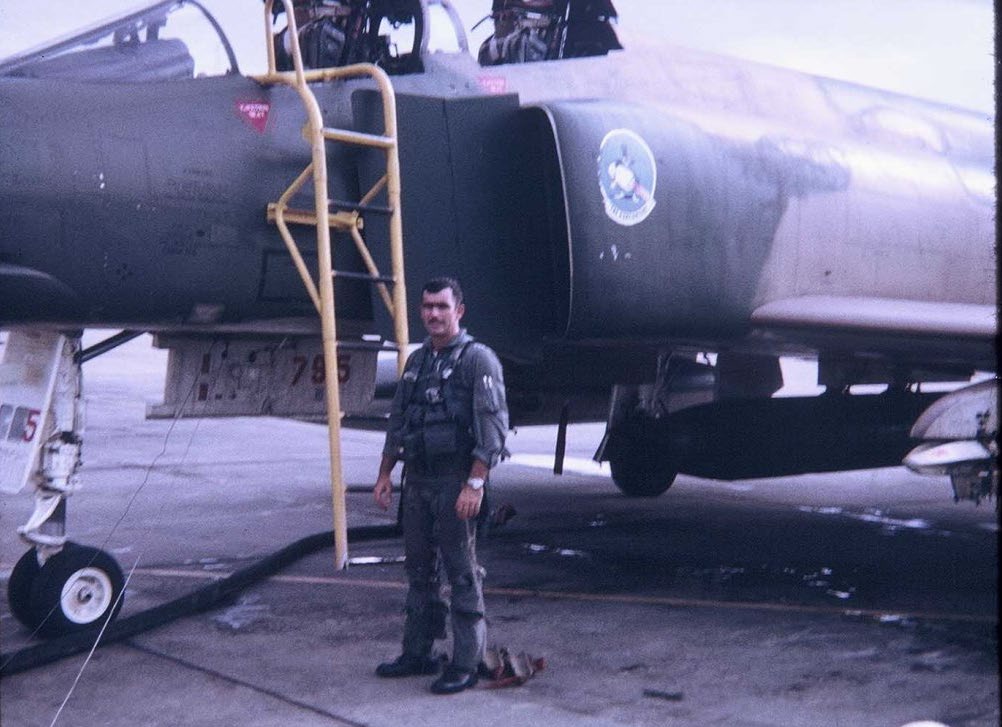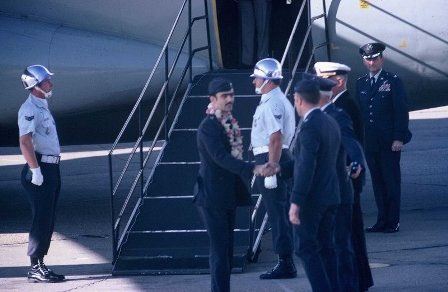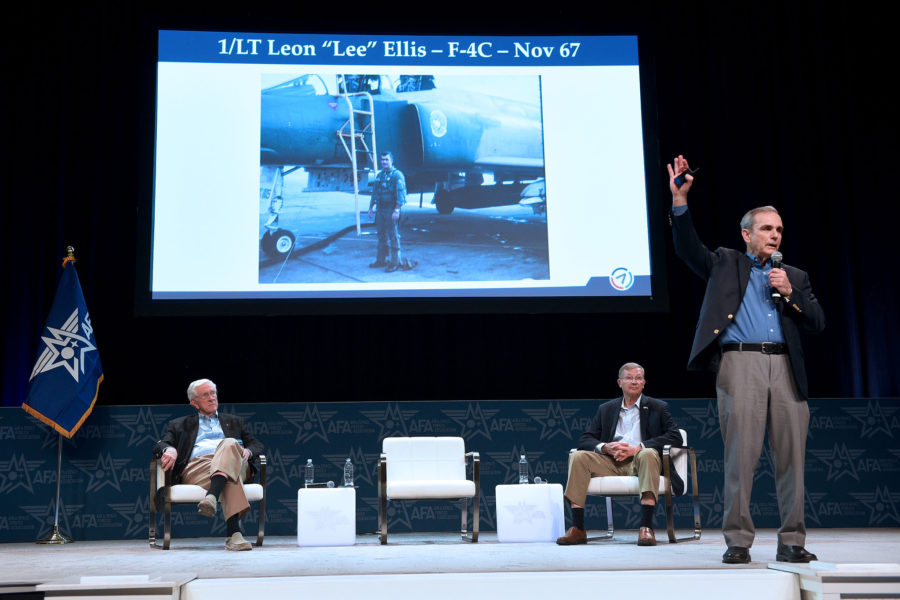The AFA Warfare Symposium kicked off March 6 with three storied heroes of the Vietnam War. This is the second in a three-part series on their talks. Read the first talk by Lt. Col. Gene Smith.
AURORA, Colo.—1st Lt. Lee Ellis’ F-4C Phantom was shot down on his 53rd bombing mission over North Vietnam. Captured immediately on Nov. 7, 1967, he was taken to the notorious Hoa Lo prison in Hanoi, where he stayed for the next five and a half years.
“That cell in the Hanoi Hilton … was six and a half by seven feet,” Ellis told a packed room of Airmen and Guardians at the AFA Warfare Symposium. “That’s like a bathroom in a gas station. I was in there with three other guys for the first eight months.”
Despite the cramped conditions, Ellis and his fellow American POWs endured, helping each other maintain their collective spirit by offering encouragement and moral support. And when they were isolated from one another in attempts to break their wills, they did what they could to remain connected.

“We tapped on the walls,” Ellis said. “These walls were about 16 inches thick. We tried to communicate … because you’ve got to stay connected. The key to resilience is ‘Don’t be alone.’ We had to collaborate. We had to come up with ways to defeat the enemy and offset them. We had to support each other. You can’t let somebody who’s alone be alone.”
Connecting was every prisoner’s job.
“We would risk our lives to get to somebody in solitary confinement and say, ‘Man, we’re proud of you. We’re not going home without hanging in there. One more day.’”
Among the 590 prisoners who eventually made it home in 1973, leaders emerged, setting an example of positivity for the rest of them. He cited three in particular: Air Force Lt. Col. James Risner, Navy Cmdr. Jeremiah Denton, and Navy Cmdr. James Stockdale.
“They got there two years before … I got there and they had been through hell,” Ellis said. “They spent more than four years in solitary confinement, and they bounced back and bounced back.”
To help all endure, Ellis said, Risner reshaped the Code of Conduct to fit the conditions:
- Be a good American.
- Resist up to the point of permanent physical or mental damage, and then no more. Give as little as possible, and then…
- …bounce back to resist again.
- Stay united through communications.
- Pray every day.
- Go home proud. Return with honor.
Risner’s direction gave the men a codified culture to live by, and by reinforcing that every day, the POWs could believe it when they told each other, “One more day.”
Wives and families at home ultimately were as decisive to their survival, Ellis said, as their own resilience. They wouldn’t give up, and they took their quest public.
“The military didn’t know what to do with [the wives of MIAs],” Ellis said. “They were told to keep quiet, and they did for a couple of years. And then they said, ‘No more. You’ve got to do something for our men, because [North Vietnam is] not following the Geneva Conventions on the treatment of POWs.’”

Sybil Stockdale, Phyllis Galanti, and the National League of POW/MIA Families campaigned to bring attention to North Vietnam’s treatment of POWs, Lee said. Their relentless campaigning—and refusal to remain silent—built international pressure on North Vietnam to change their policy.
In 1969, their efforts succeeded and the torture at Hanoi mostly ceased.
“That’s why we were able to come home so healthy,” Ellis said. “The women changed our lives. It’s amazing what they did.”
Inspired by the impact the wives had on foreign policy and a hopeless situation, Ellis ultimately felt compelled to tell these stories of love in a new book. Collaborating with relationship expert and author Greg Godek, his newest book “Captured by Love” tells the love stories of 20 Vietnam War POWs. It is scheduled for release in May.
